A higher diversity of ingredients on your plate means killing two birds with one stone—excellent health and a better planet
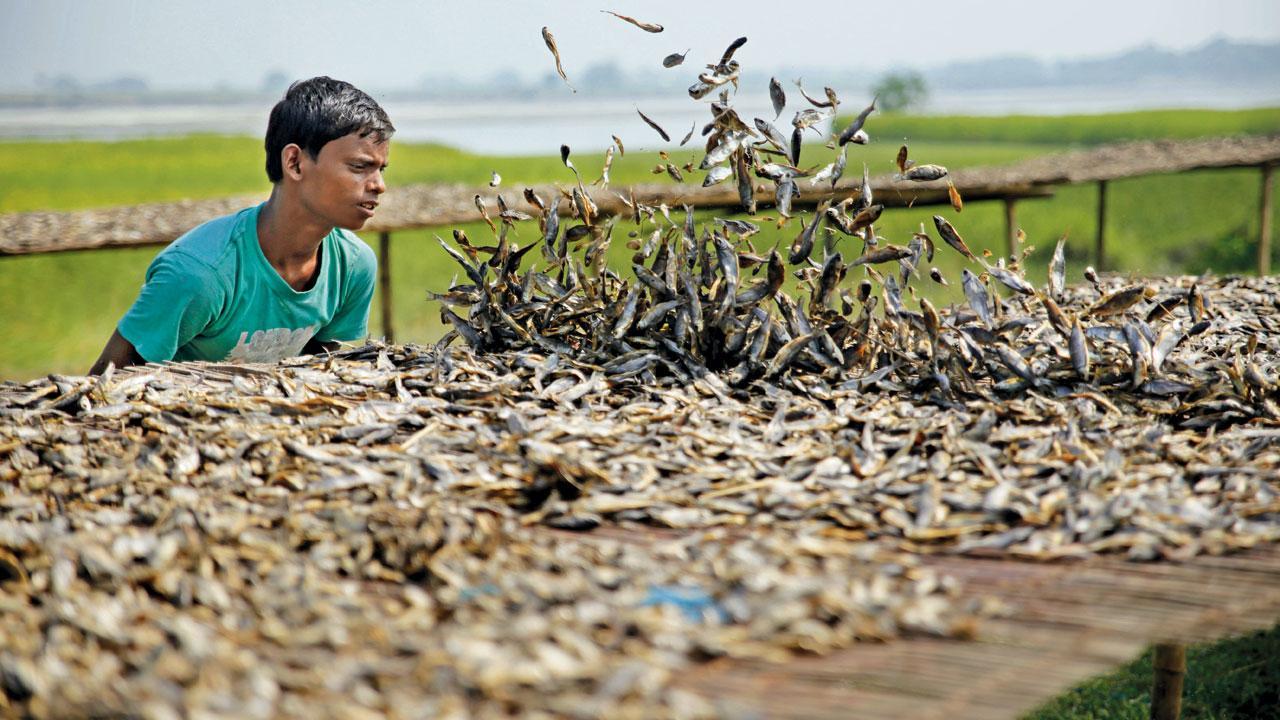
The shift in the dynamics of fish consumption in the Sundarbans is indicative of a loss of fish diversity
Koktuiwon, the funnel-shaped, deep purple, blue, pink and white flowers of wild turmeric, is used by the Thangkul Naga tribe to flavour curries and soups. In Manipuri, it is called yaipan, tikhur in Hindi, kethuri halodhi in Bengali and tavakeera in Marathi—the wannabe turmeric that blooms in the rainy season from July to August, unfortunately, is never seen in the local market. We stumbled upon it in a book, Future of Taste, published under the First Food series by the Centre for Science and Environment (CSE), New Delhi.
ADVERTISEMENT

This consolidated document has essays from authors and easy-to-make and nutritious recipes based on local biodiversity including weeds and trees to long-lasting seeds, plants with short life cycles, and even those parts of cultivated plants that are generally wasted that can help us survive the growing food shortages due to climate change. There are over 100 recipes made from foods that are very different from those produced by our current unsustainable agricultural systems.
Sadly, farmers only grow what people eat and what they can sell in bulk because they, too, have families to feed. Millets, which need very little water, are convenient, cheaper to grow, and not consumed by the masses; hence, they don’t draw demand. Sunita Narain, director general of CSE, sets the book’s tone in her Foreword, where she points out that “the choice of food that farmers grow is in the hands of consumers – us; what we eat; and why we eat it. If we change our diets, it provides signals to the farmer to grow differently.”
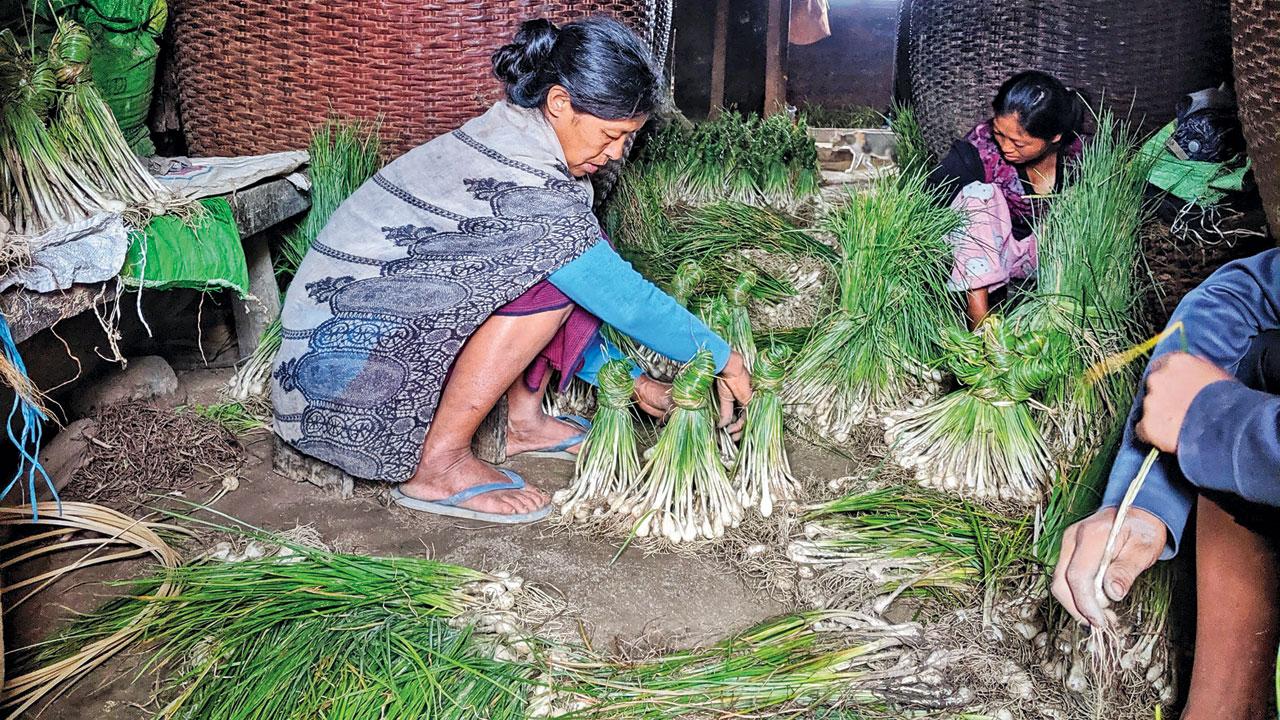
Meghalaya’s indigenous crop varieties and knowledge have made its communities resilient to climate change
Vibha Varshney, who conceptualised and researched this book, has written several essays, one of which caught our attention: the fish mint, a herb that tastes and smells like fish and has several benefits. The plant has beautiful white flowers and broad, heart-shaped leaves, which can be used in a full-bodied salad.
Chef Jatin Mullick reminisces about kaladi cheese, which was invented by the nomadic tribal Gujjars centuries ago to preserve milk in a solid form during the sweltering summer months. “Sold in the markets of Jammu and Kashmir, it is now available year-round, and so are other fruits and vegetables; it makes us appreciate seasonal produce far less than we used to. Both seasonal and alternate produce are the need of the hour; besides putting less pressure on the ecosystem, environment and food chain, it pushes chefs to innovate and be creative,” he says.
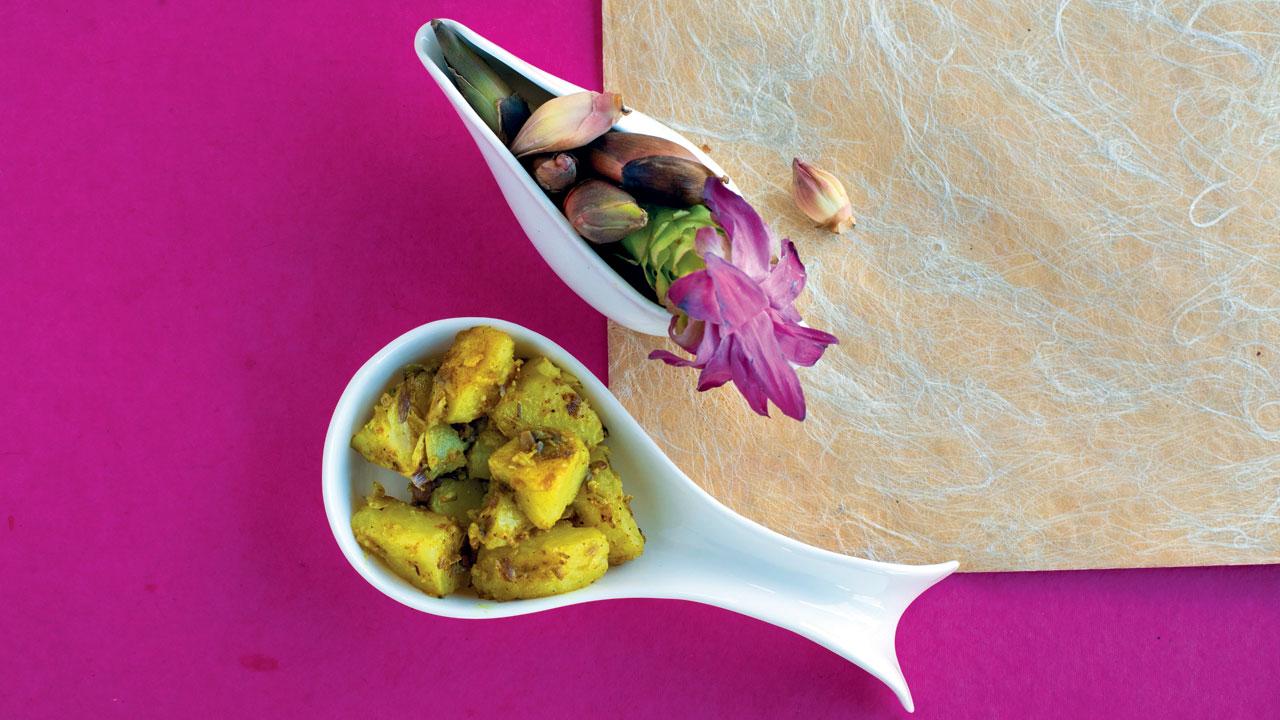
Yaipan with potatoes
Besides the challenges with sourcing and consistent supply, Mallick feels “The demand for alternative cuisine still needs to come from the customers, who are in for a treat if they have diverse options to choose from, but again, it is on the chef to introduce it to them as well.—”
Chef Manish Mehrotra, a champion of local cuisine, shared a beautiful recipe of ragi shrikhand cannaoli for the book. He says, “Our food has always been hyperlocal, with different textures, different flavours and colours, before brown-yellow-orange gravies took over.” He remembers the simple gandheria (sugarcane cubes, served cold with a splash of rose water) from his childhood and how he recreated it in his kitchen. “Gandheria is a dose of nostalgia for many, but now it’s time to make it relatable for the next-gen, so they can have newer memories with it. The bael fruit I picked last week went into our kitchen to be made into bael ki shikanji—everyone loved it. It’s important to refine the memories with the time,” he adds.
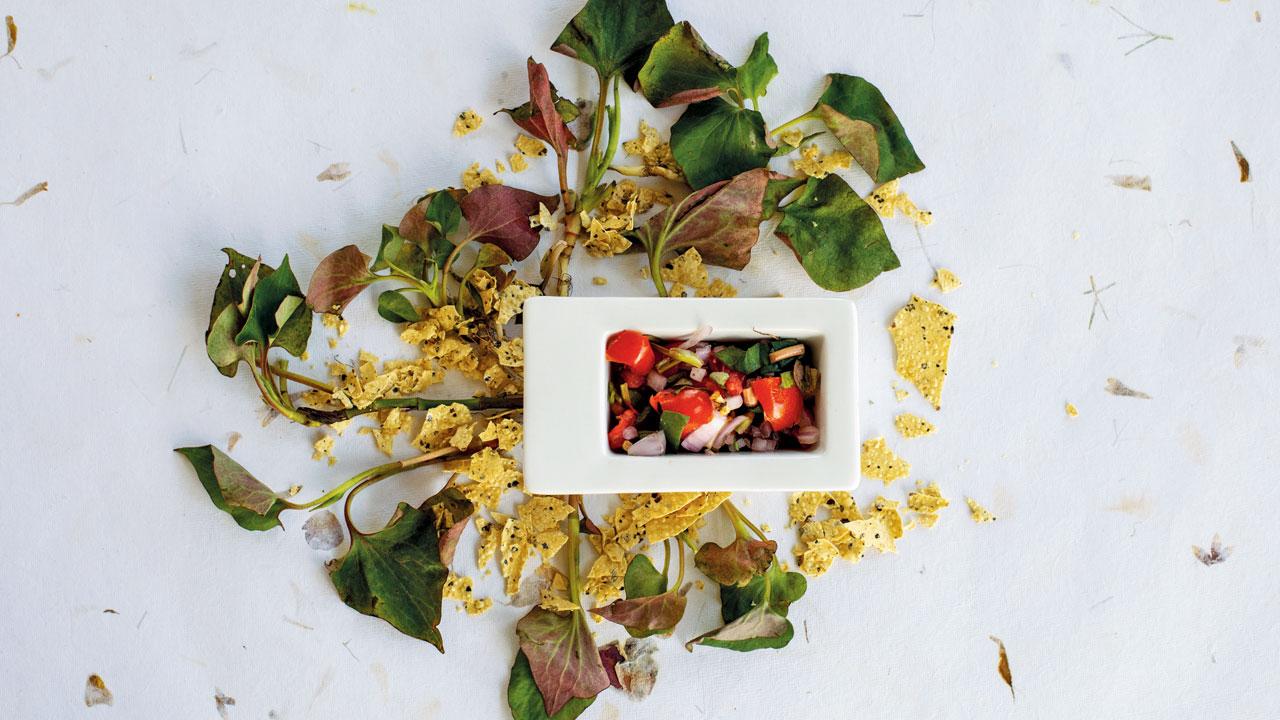
Fish mint salad
Sunday mid-day spoke to Shailesh Awate, co-founder of OOO farms, who works closely with the Kokni, Warli, Mahadeo Koli, Katkari, Bhils, and Rathva tribes to make wild food available to urban areas. He says, “Human civilisation and biodiversity are at a crossroads—we are heading towards species extinction. Working with the tribals on their land has taught us that they still have the wisdom to mindfully eat food of all colours, shapes, sizes, and forms while we find it backward and unprogressive. Our monocropped culture makes us savour apples, but we have no clue about Mahua, a delicious fruit that grows in Mumbai. We find nutritionally deficient kale and celery more appetising than over 200 wild vegetables that grow in the city.”

Dahasamani, a coolant made from the barks of the Himalayan cherry tree, has several health benefits and wards water-borne diseases
In the book, each of the essays—written by noted food writers and historians like Pushpesh Pant, Jui Pethe, Donald Hillbert Nongkynrih and Chaitanya Chandan, amongst others—is a wealth of information. It serves as a base for surviving food shortages brought on by uncertainties of extreme weather events. Their well-researched pieces and healthy and nutritious recipes offer a deep insight into the biodiverse food world, of which we get the first taste.
Spicy lasoda sabji
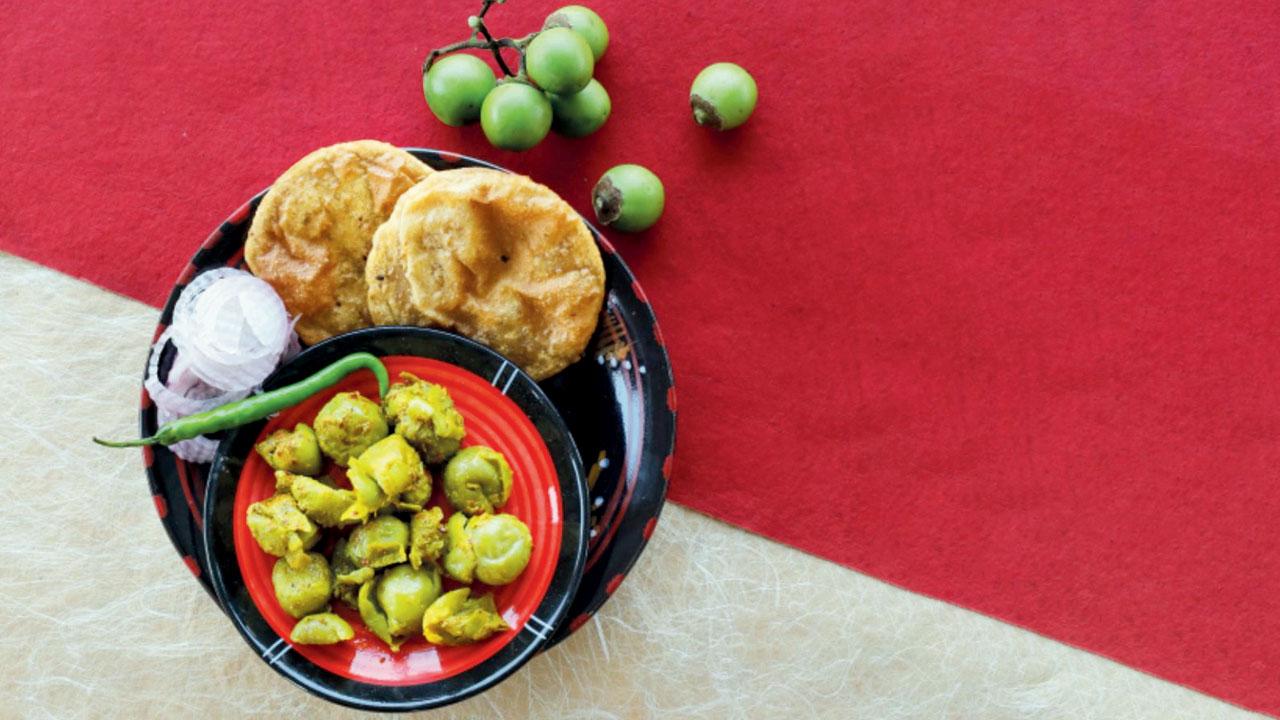
Ingredients
250 gm lasoda
1 tsp chilli powder
1 tsp coriander powder
1/2 tsp turmeric powder
1 tbsp dried mango powder
Salt to taste
Method
Boil the fruits for about 8-10 minutes. Drain out the water and remove the stalks and seeds from the fruits. Fry the fruits lightly in oil. Add spices and salt along with a little water and cook for around five minutes. Enjoy the sabji with millet rotis.
Chilbil kheer
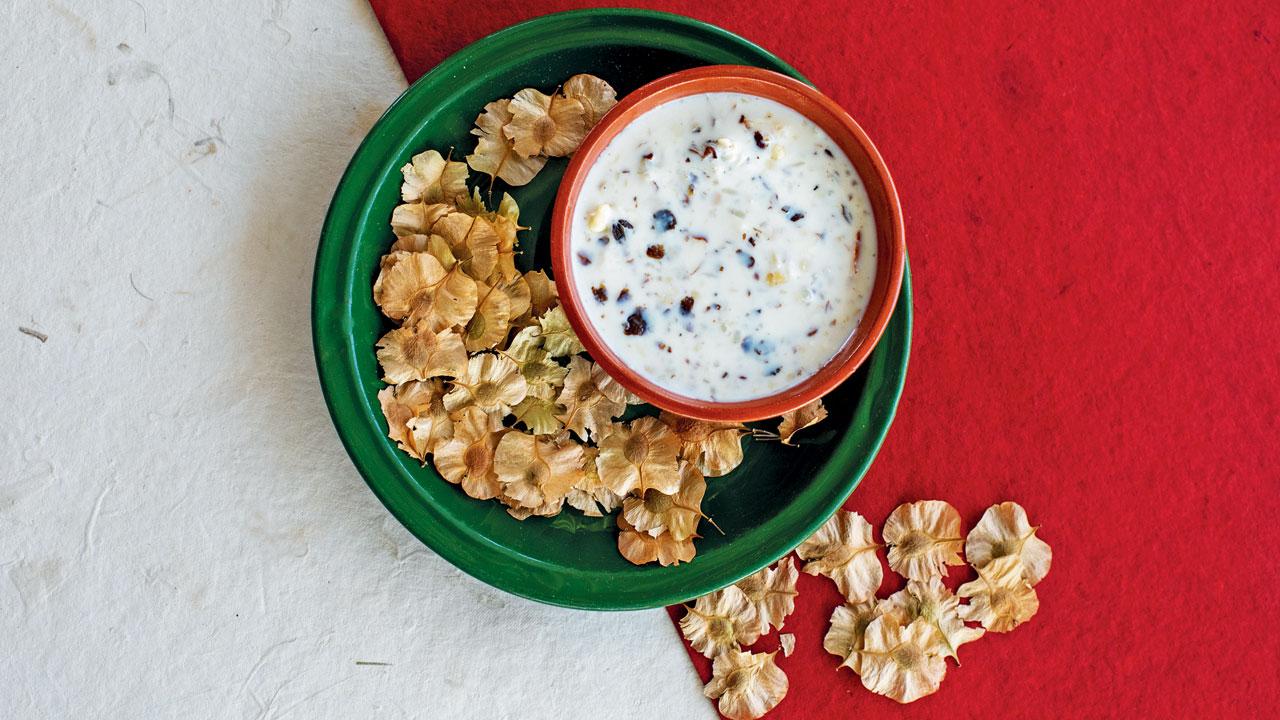
Ingredients
100 gm Indian elm seeds (chill)
1 litre milk
50 gm sugar
50 gm dry fruits (almonds, cashews)
50 gm ghee
50 gm khoya
Method
Wash the dried chilbil seeds and grind coarsely on a sil batta (grinding stone). Heat the ghee in a wok, add the crushed chilbil seeds to it and roast. Add milk, and boil till the seeds are soft. Add the dry fruits and sugar and continue to cook till the milk is thick. The kheer is ready to eat.
Babool sabji
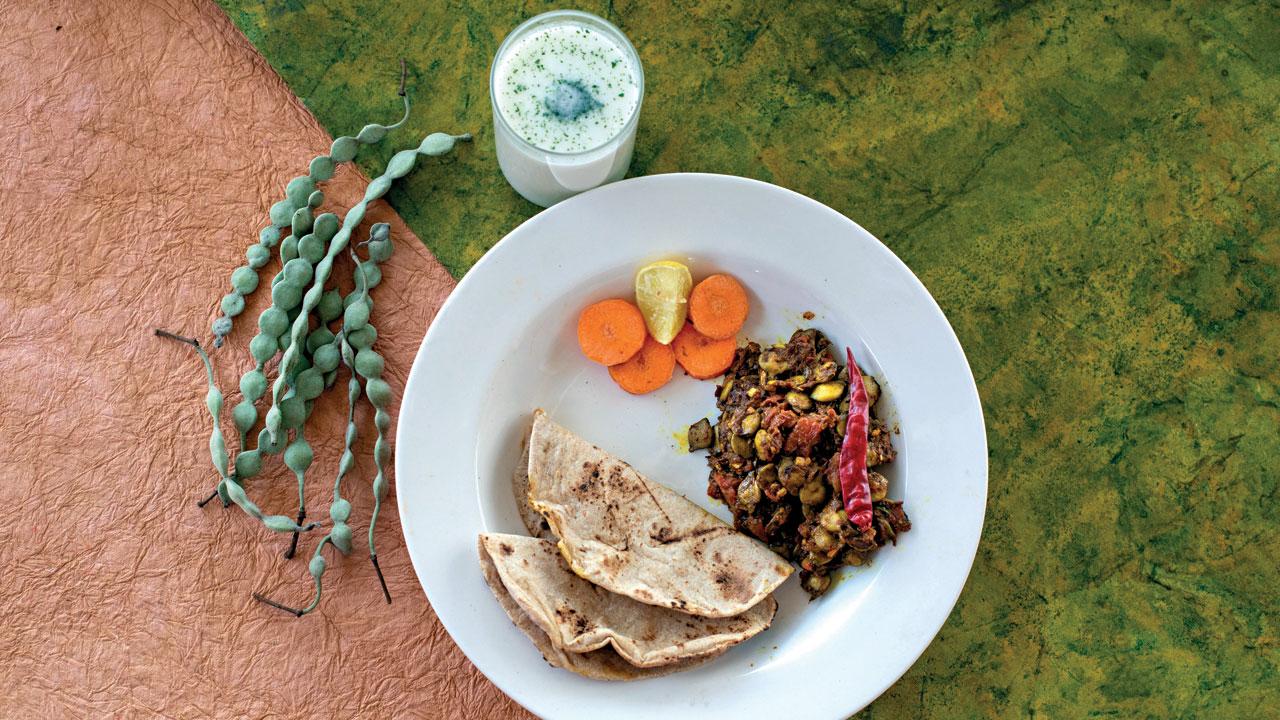
Ingredients
50 gm babool pods (young, tender)
1 large onion
1 large tomato
2 green chilli
1 small raw mango
5 pods garlic
1 tsp chilli powder
1 tsp coriander powder
1/2 tsp turmeric
1 tsp (optional) dry mango powder (optional)
1/2 tsp cumin
1/4 tsp asafoetida
1/2 tsp garam masala
2 tbsp mustard oil
Salt to taste

Manish Mehrotra and Jatin Mallick
Method
Break the babool pods into pieces with one seed each. Wash and boil them in salted water till they turn soft and lose their bitterness. Squeeze out the water and keep the pods aside. Chop the onion, garlic, green chillies, raw mango and tomato into small pieces. Heat oil in a pan and add cumin seeds and asafoetida. When the seeds start to sputter, add onion and garlic and cook for half a minute. Put in the tomato, green chilli, and raw mango, along with coriander powder, turmeric, chilli powder, salt and dry mango powder (only if the raw mango is not sour enough). Mix the ingredients well and add the pods. Add a little water if the ingredients are dry; this will help mix the pods and spices. After cooking for a few minutes, switch off the flame and sprinkle garam masala. The sabji should be on the spicier side and pairs well with millet rotis.
 Subscribe today by clicking the link and stay updated with the latest news!" Click here!
Subscribe today by clicking the link and stay updated with the latest news!" Click here!







